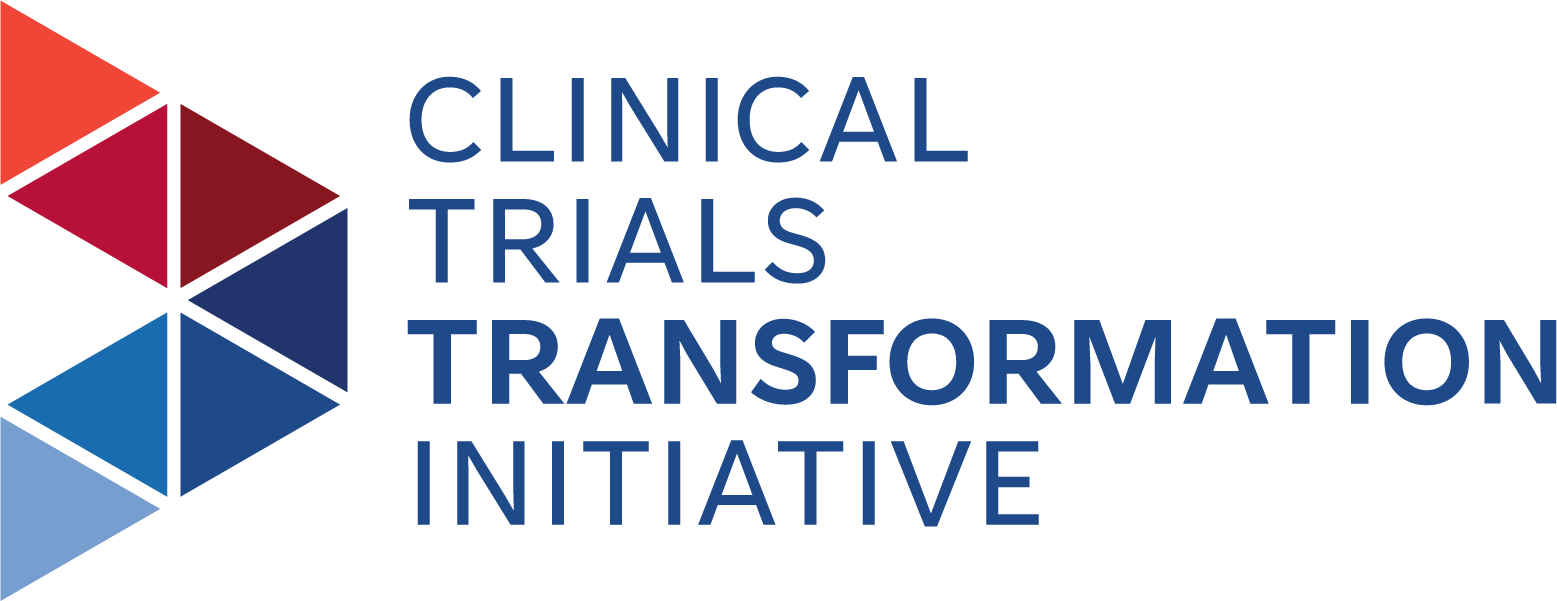Emphasis on Protocol Design Helps Alexion with Timeline Adherence
Alexion Applies CTTI's Quality by Design Recommendations
SUMMARY
Alexion applied Quality by
Design (QbD) principles in the protocol development process for a phase 3 trial
to register and file its second product. They met the tight timeline by uniting
cross-functional stakeholders early in the process to build a streamlined, simple
protocol. This resulted in a successfully launched trial that cleared
regulatory approval and brought the product to market.
GOAL(S)
Alexion was set
to launch a phase 3 trial to register and file its second product. It was a
pivotal make-or-break moment for the company, so getting the process right was
absolutely critical.
CHALLENGES
Alexion was a burgeoning
company, systems and processes were still limited, and experience with phase 3
trials among the team was minimal. In addition, the trial's timeline was very
short. And, as with many sponsors at the time, discussions around "quality" tended to be from an audit perspective rather than a proactive focus on risks.
SOLUTION(S)
A new member of Alexion's
leadership team had experience applying QbD, so she was selected to partner
with the organization's vice president of Medical Development to pilot a QbD
process for the pivotal phase 3 trial.
TAKING ACTION
In alignment with CTTI's
recommendations, Alexion established a steering committee to hold the team
accountable for keeping quality at the forefront of discussions during study
planning and ensuring team alignment. The team's development of a QbD steering
committee not only served to guide the product's QbD journey, but also helped the
team apply the QbD processes to a parallel indication for a compound that later
emerged.
The study team collaborated with
operational colleagues, medical team members, investigators, and its CRO to understand
potential difficulties in executing the study protocol. As a
result, the Alexion team established four critical-to-quality (CTQ) factors for
the study:
The multi-stakeholder team had a meeting every month during which they put together slides with CTQ factors, and then diligently tracked them.
- Ensuring enrolled patients have the opportunity to meet the primary endpoint before starting study drug
- Ensuring compliance with drug therapies
- Correctly stratifying patients within six stratification buckets based on two different factors that would affect their response to therapy
- Prevention of patient drop-out
The multi-stakeholder team had a meeting every month during which they put together slides with CTQ factors, and then diligently tracked them.
- For these meetings, clinical trial leads assembled the data, and worked closely with the Quality function. The study team kept track of associated metrics, and whenever they saw a potentially challenging event, they collaborated on how to prevent further events from occurring.
- Because of the trial's pivotal nature and strict thresholds for missed doses, the team monitored the study aggressively, including having medical monitors visit multiple sites, and many visits to high-enrolling sites.
IMPACT
The trial met its timeline, and
when the U.S. Food and Drug Administration approved the investigational product,
the news was met with celebration across the organization. In an all-hands
meeting with the Alexion's CEO, every single product team member mentioned
quality as a critical driver to the trial’s success. An organization that once
saw quality as a tick box to be checked was transforming into one with a
holistic quality perspective and individual ownership across the enterprise.
This change, Alexion's leaders say, is the true value of implementing QbD. The
study had zero protocol amendments related to CTQ factors, and the intense
focus on these factors meant that none of them ever reached the thresholds the
team deemed problematic.
ADVICE
From this team's perspective, there
is nothing about QbD that needs to slow down the timelines. It is not a
rate-limiting step. For example, if a team does not identify CTQ factors at the
protocol concept sheet stage as CTTI recommends, it is not too late. The team can
still identify them, and associated strategies for addressing important risks,
with as much rigor and thought as possible, even if it is later than ideal. QbD
is meant to help teams, not hinder them.
Alexion has since evolved its
QbD processes to better serve its needs. For example, product-specific QbD
steering committees were disbanded in favor of portfolio-wide risk-based
quality management steering committees that ensure the quality approach is
calibrated across all products. These teams include development heads for
therapeutic areas, as well as leaders from regulatory, clinical operations,
quality, and data management. Each drug program in the company also has a
quality steering committee, which includes the product team lead, quality
operations leads, and more. In a recent Good Clinical Practice inspection, the
organization's approach to quality was commended as one of the most mature and
thoughtful the inspector had seen.
ORGANIZATION
Alexion Pharmaceuticals
ORGANIZATION TYPE
Industry
IMPLEMENTATION DATE
2016
TOPIC
Quality
